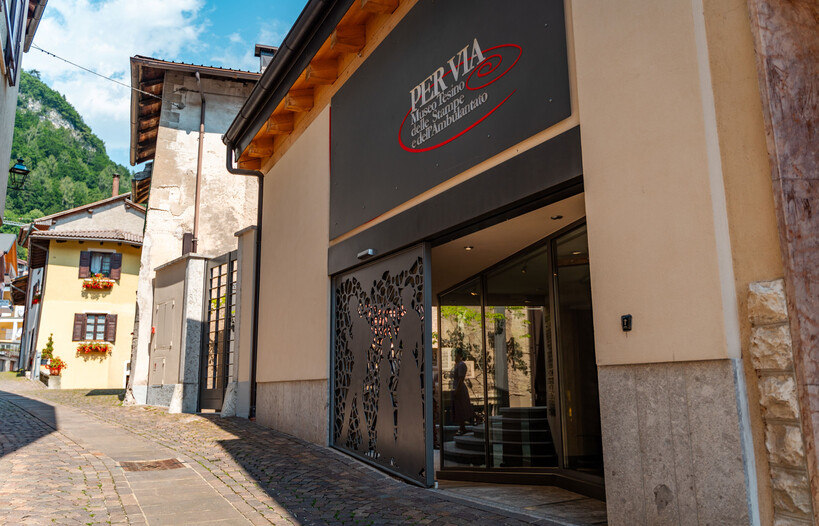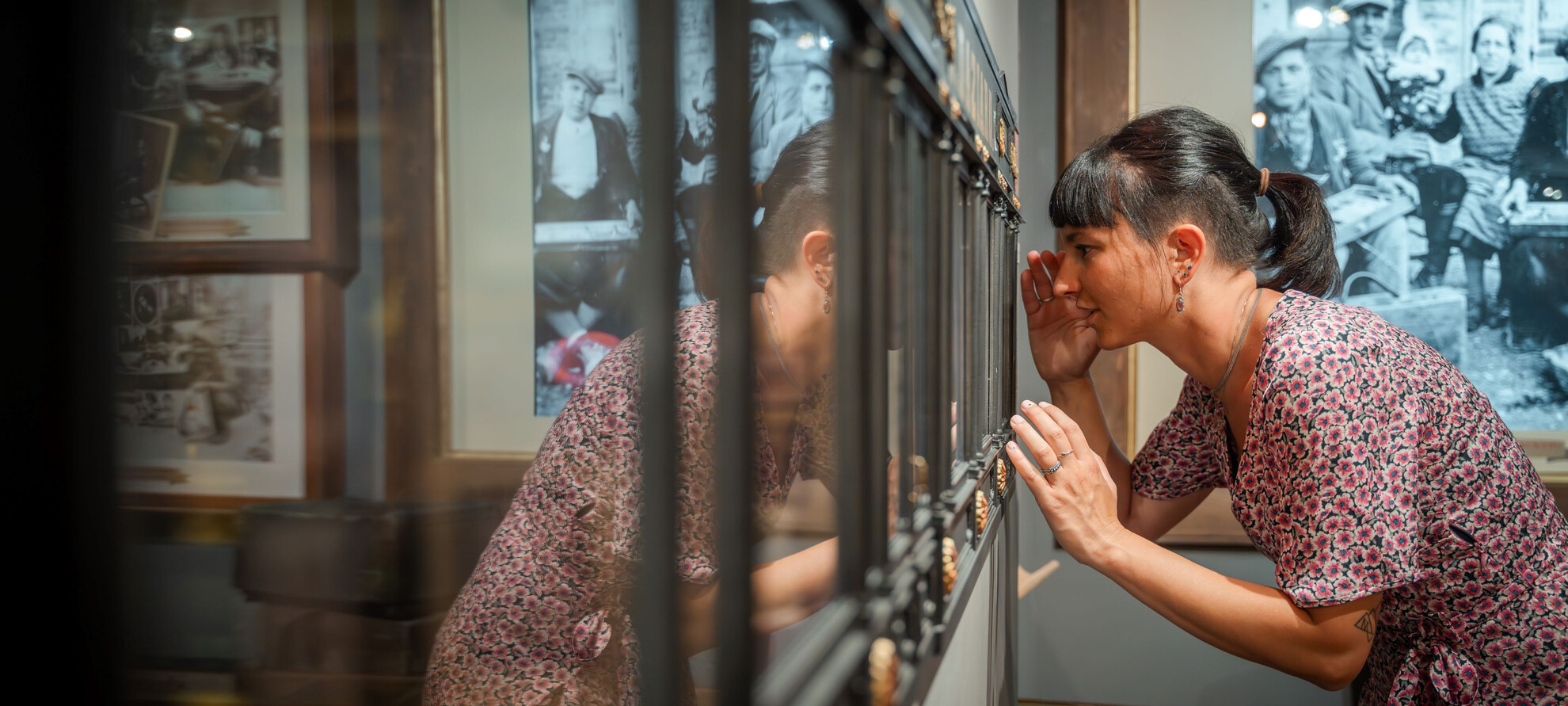The epic tale of print salesmen
At the Museo Per Via, in the village of Pieve Tesino
Today, we can reach every corner of the world at any time, from any place. All we need is a smartphone, and in moments we have thousands of images, videos and maps of wonderful faraway places in our hands. Before the internet there was television, which brought the world into family homes, in black and white and in colour. But before that, what was there? How, for example, would a man living in a village in the heart of Germany be able to know what London was like?
The Museo Per Via, in Pieve Tesino, one of the Borghi più Belli d’Italia, one of the Most Beautiful Villages in Italy, tells us precisely about this. When places, stories, and also political and religious debates travelled on two legs - those belonging to the travelling salesmen who went to all four corners of the globe from Tesino, at the edge of the Habsburg Empire. A casséla, a box full of prints, two strong "pérteghe" ("legs" in the Tesino dialect) and great courage. This was all you needed in Pieve Tesino between the late 18th and the 19th centuries to explore the world.
With Marco Odorizzi, director of the Fondazione Trentina Alcide De Gasperi, which also manages the Museo Per Via, we will tell you a story that seems hard to believe, and connects this small village in the hills to the heart of Europe.
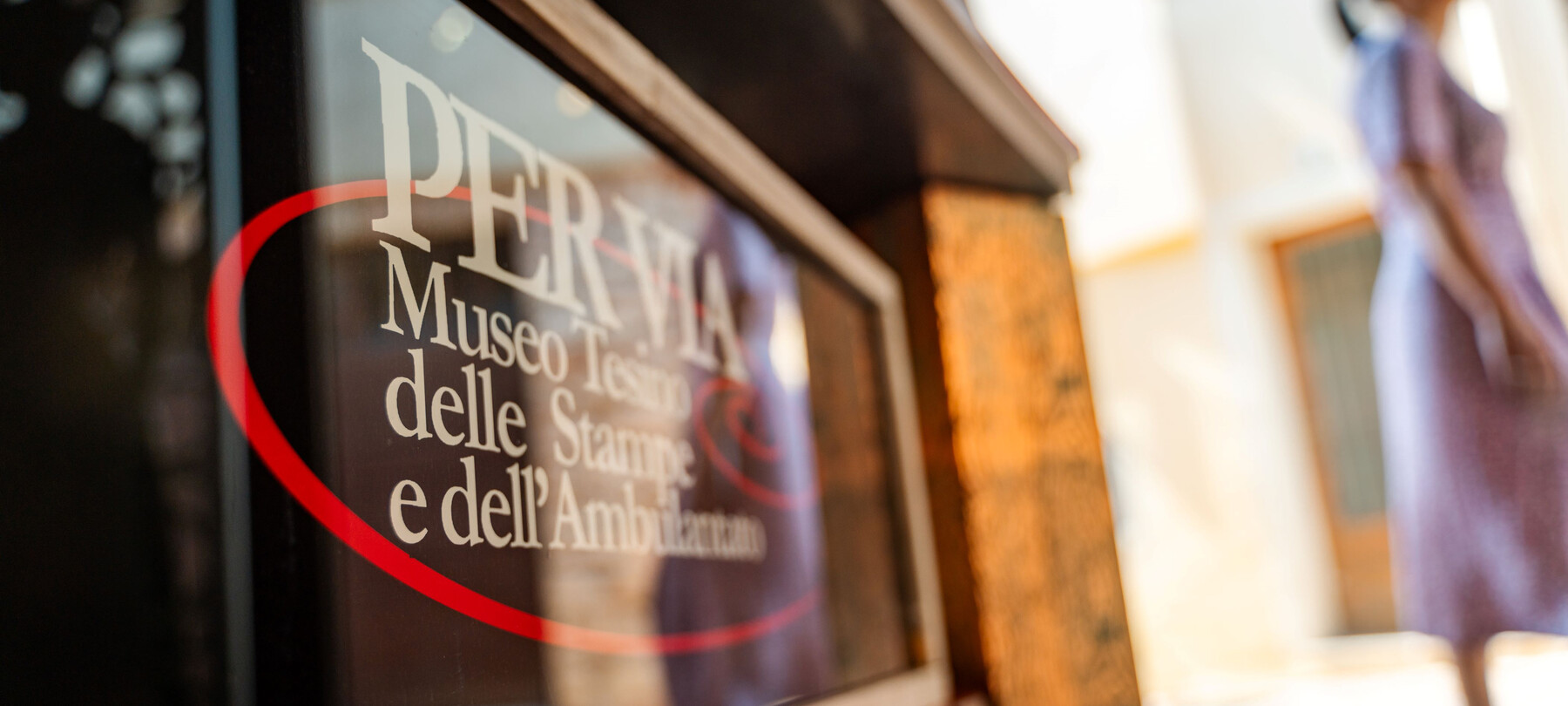
A simple but effective idea
The story of the travelling print salesmen from Pieve Tesino begins with a name, that of the Remondini family, the owners of a print house in Bassano del Grappa, which was active from the mid-1600s.
In the 17th century, prints were considered luxury goods, due to the high production costs of buying machines and paying a workforce. However, the Remondini family had an idea: why not bring prints into everyone's homes?
So, at the beginning of the 1700s, they started producing low-quality prints that could also be purchased by people who were less well-off. To do this, they needed used printing plates, which were sometimes old and ruined and produced crude prints, but at a very low cost. The colouring was entrusted to women and children, paid by the piece. The quality and attention to detail often were not so good, but this production standard allowed the Remondini family to produce prints at a truly competitive price.
In a short amount of time, the Remondini family managed to produce a huge quantity of prints. All that remained was to find the best way to distribute them in various Italian and European town squares.
It was at this point that the story of the Remondini family intertwined with that of the people of Tesino.
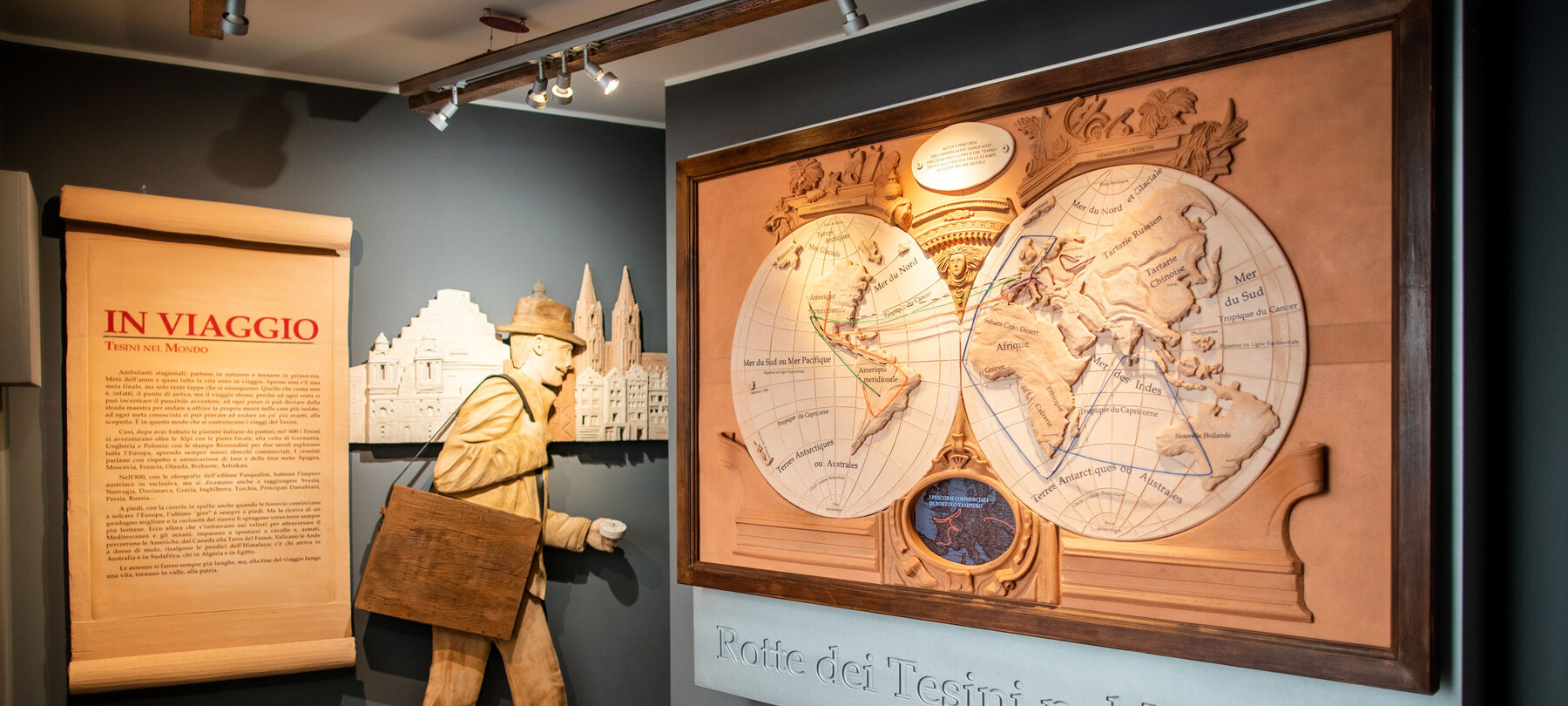
The world that travels on the backs of Tesino's men
The inhabitants of Pieve Tesino already had experience in travelling sales, as they had distinguished themselves as sellers of flint stones all over Europe in the 17th century. So, they embraced the idea of becoming the Remondini family's sales agents with enthusiasm.
They carried a box full of prints to sell, known as a casséla, on their shoulders and set out on foot for the main cities of Europe to sell their wares, encouraging the inhabitants of these places to dream by bringing them images of faraway landscapes, effigies of saints or prints containing religious and political satire, which sometimes had to be shown with discretion.
An exciting enterprise, but very hard work. Both for the men who travelled and for the women and children who stayed behind, forced to run the house without the comfort of a husband or the embrace of a parent.
These sacrifices did bear fruit, however.
The Tesino merchants gradually managed to conquer most of the European capitals, in some cases even venturing overseas. The most talented of them were able to open luxury boutiques in the most important European capitals, transforming their print shops into true art stores, and becoming printers themselves.
This success was also reflected in the appearance of the village of Pieve Tesino, where beautiful villas belonging to the merchants who had made their fortunes began to be built. In particular, the Daziaro family, which was active in Russia and Paris, became the official suppliers of the Tsars of Russia during the 1800s. Villa Daziaro, which is at the gates of the village, is still a wonderful example of the results of that golden age.
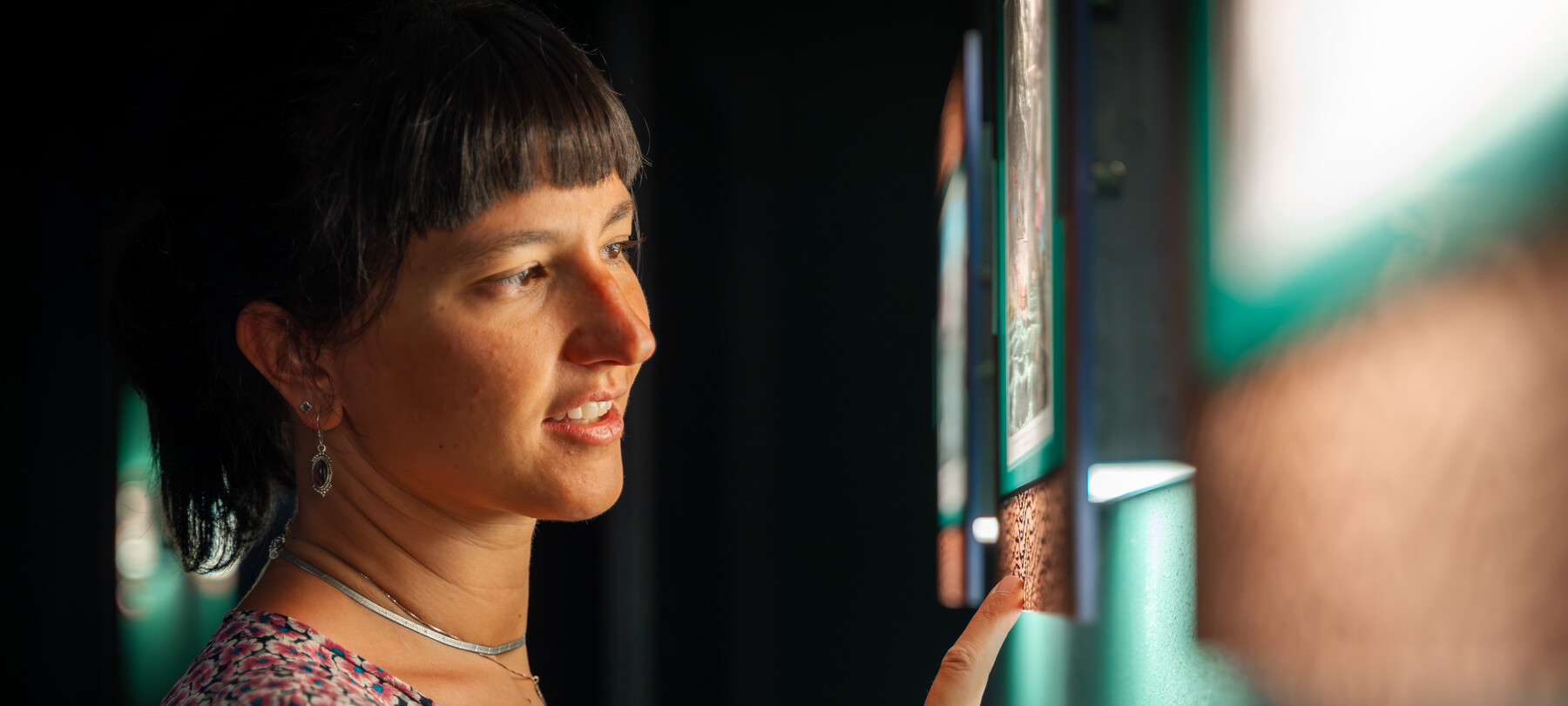
The Museo Per Via: three floors to tell an epic story
As soon as you cross the threshold of the Museo Per Via, you will be immersed in the past of Tesino's print salesmen. In fact, the museum is housed in what used to be Casa Buffa Giacantoni, the home of a family of travelling salesmen that made their fortune. It is a museum of colourful images, where the use of light and the organisation of the spaces help to immerse you in the story being told.
It is divided into three parts: the ground floor tells the story of the travelling salesmen, with a rich collection of prints of every type, objects from the period, audiovisual content, digital kiosks and interesting reconstructions of environments and contexts, including a reproduction of a 19th-century cafe that could be found in the 1800s at the post stations where the travelling salesmen would stop to rest, relax and do business.
Among the specific objects you can find on the first floor is a health certificate, the only mandatory document that the salesmen had to take with them to travel around the empire. This certified that the merchant had no diseases. A sort of precursor to a covid green pass.
The first floor of the museum is used for temporary exhibitions, the fruit of research carried out by the museum staff. Every exhibition describes how the world of prints is connected to history, such as in the case of the 2019 exhibition Lutero per via, which showed the role of prints in the protestant reformation, used not only to spread the doctrine, but also to satirise the Church of Rome.
Finally, the two floors below street level reconstruct the family rooms of the time, to tell the story of the people who lived within these walls. This is a way to not only describe the world of those who went away, but also to tell the story of the people who stayed to raise their families and keep the home.
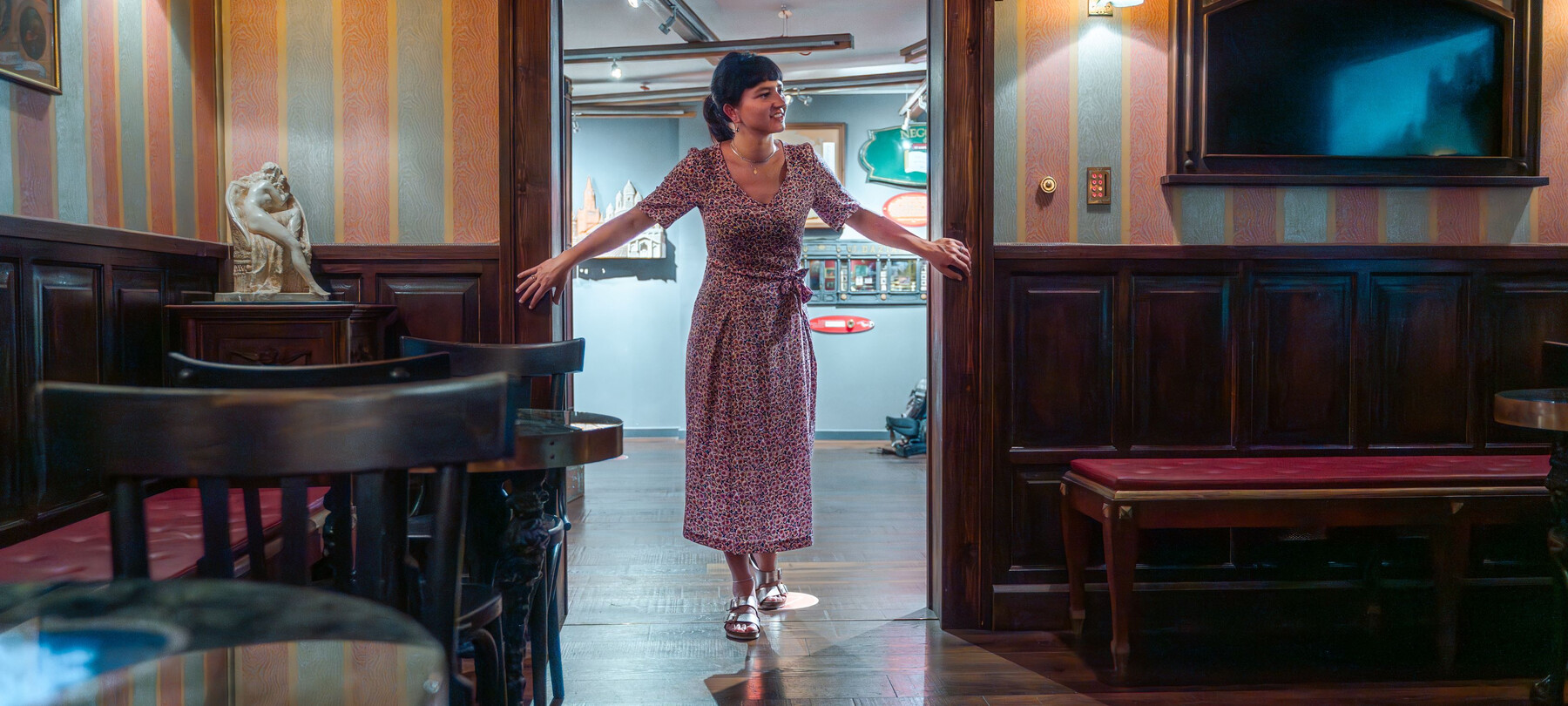
A museum for the community
As well as being a wonderful museum open to the public, the Museo Per Via is also a place where the community of Pieve Tesino can tell its story and understand its own image. A village that is small in size, in a decentralised position, but fully integrated into the history of Europe.
It is no coincidence that here, in Pieve Tesino, is where Alcide De Gasperi was born, one of the founding fathers of a United Europe. A sort of legacy from the ancient travelling salesmen of the place, who, through their wandering, contributed to the unity of the people of Europe. But this is a story you can learn about in the nearby Museo Casa De Gasperi, just a few minutes' walk away.
The Museo Per Via shows all this, and does so through experiential tours in various languages and educational activities that, as well as describing history, invite people to experience it using role-playing games or workshops, including one that teaches the basics of printing.
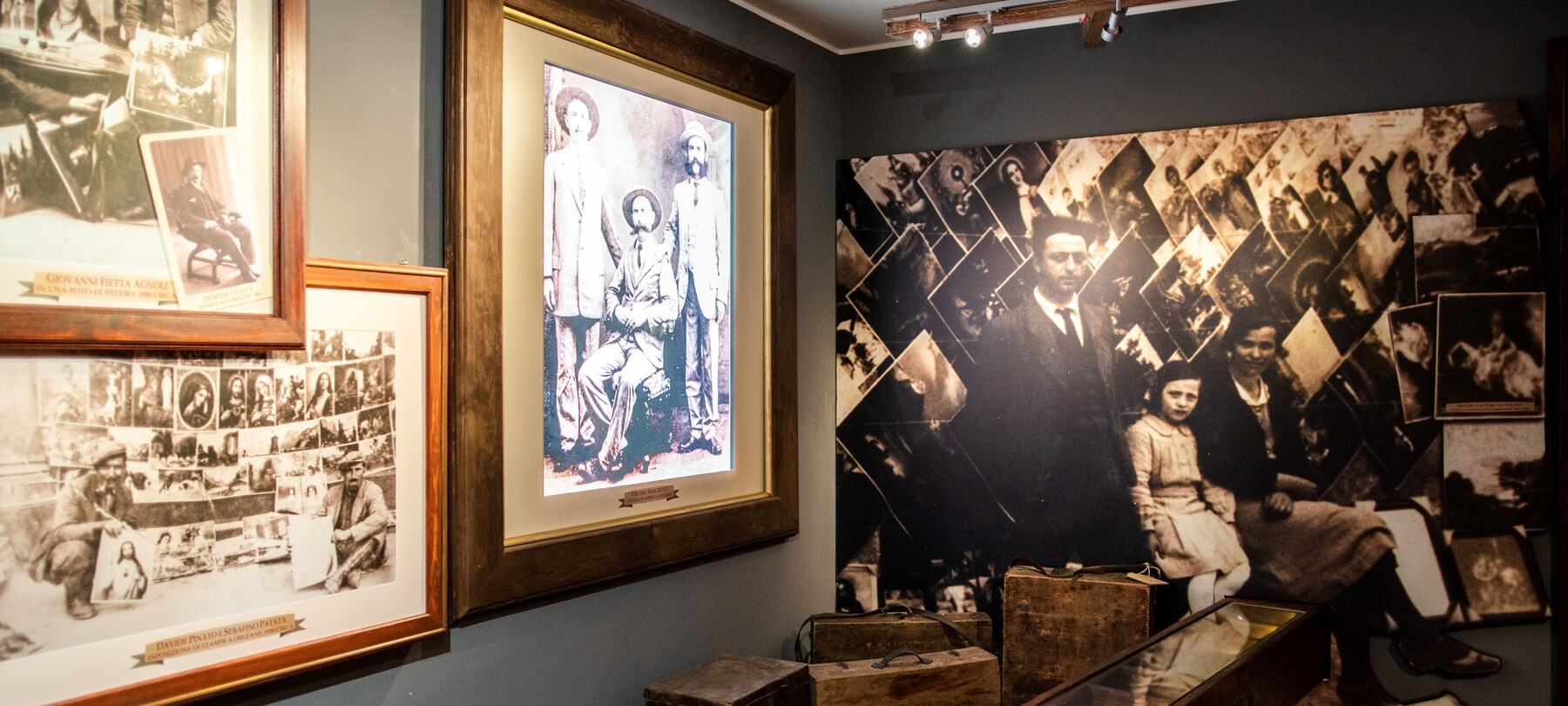
The "box" with a story
If there is one object that tells the epic story of Tesino's travelling salesmen better than any other, it is the casséla, the wooden box with a shoulder strap that the merchants used to carry their images around. It could weigh up to forty-five kilograms, and was protected with waxed cloths.
It tells us how ideas, and the images that shape ideas, are still carried by people's legs in the modern age, allowing the transmission of ideas even at the lowest levels of the population.
The casséla encapsulates the hard work of this story, but also the sense of movement that is the lowest common denominator in modern Europe: a continent that is on the move, albeit sometimes with difficulty.
